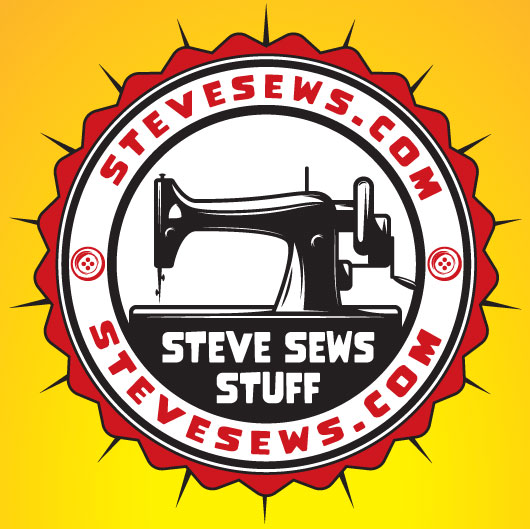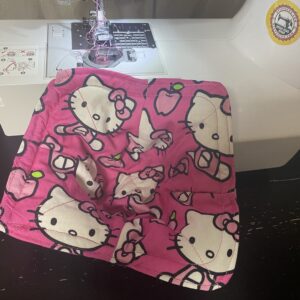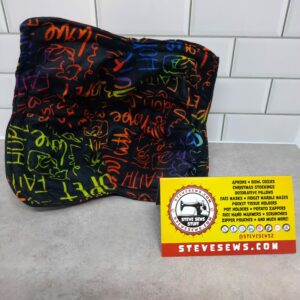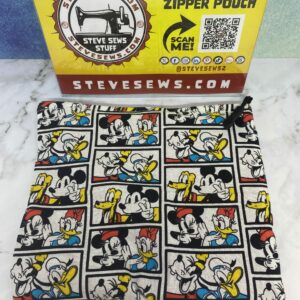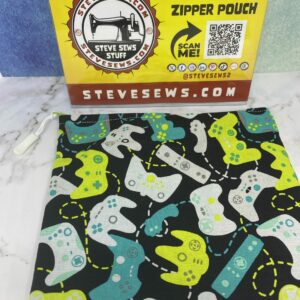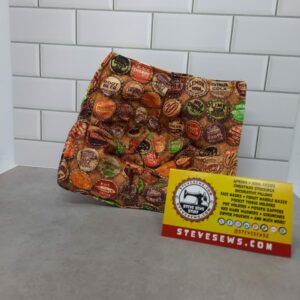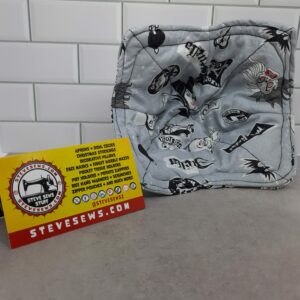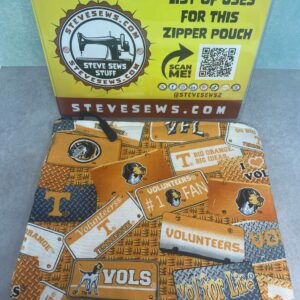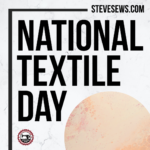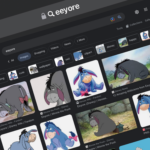The High Priest’s Garments: A Divine Tapestry of Meaning – In the Book of Exodus, amid the intricate instructions for building the tabernacle and its sacred components, there lies a fascinating and often overlooked aspect of religious significance—the garments of the high priest of Israel. These garments, meticulously detailed by divine instructions, were not mere articles of clothing but a symbolic tapestry woven with profound meaning. Skilled artisans were summoned to create these garments according to God’s specifications, and in doing so, they brought to life an essential aspect of Israel’s religious tradition.
The High Priest’s Garments: A Divine Tapestry of Meaning
The Divine Design
The instructions for the high priest’s garments can be found in Exodus 28:1-43, and they encompass a breastplate, an ephod, a robe, a tunic, a turban, and a sash. Each of these pieces was designed to be a unique representation of the holiness and authority of the high priest, serving as a constant reminder of his sacred duties and his role as an intermediary between God and the people of Israel.
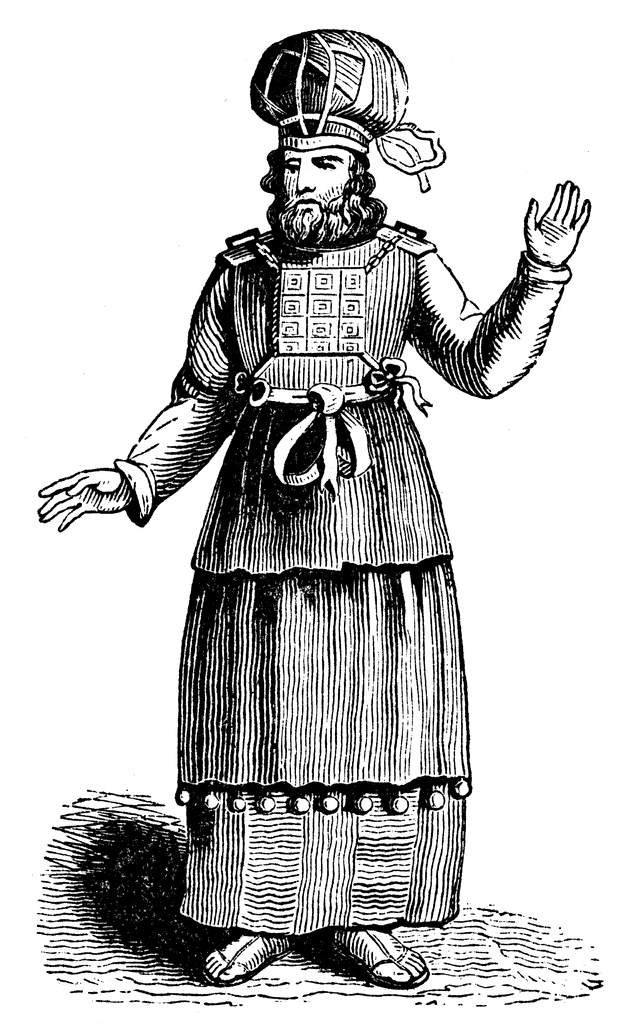
The Ephod and Breastplate
The ephod and breastplate were arguably the most distinctive components of the high priest’s attire. The ephod was a sleeveless robe, signifying strength and unity, with two shoulder pieces that bore onyx stones engraved with the names of the twelve tribes of Israel. The breastplate, attached to the ephod, contained twelve precious stones, each representing one of the tribes. This ensemble signified the high priest’s role as a spiritual leader and mediator, carrying the weight of the entire nation on his shoulders, as symbolized by the precious stones.
The Robe and Tunic
The robe, made entirely of blue fabric with golden bells and pomegranates attached to its hem, represented the high priest’s role in mediating between heaven and earth. The sound of the bells was to announce his presence in the Holy of Holies during the Yom Kippur ceremony, a day of atonement.
The Turban and Sash
The turban was made of pure white linen, symbolizing purity and holiness. It featured a gold plate engraved with the phrase “Holy to the Lord,” affirming the high priest’s sanctified status. The sash, likewise, was woven with blue, purple, and scarlet yarn and fine linen, emphasizing the intertwining of heavenly and earthly realms in the high priest’s service.
The Meaning Behind the Garments
These garments were not just for aesthetic purposes; they carried deep symbolic meanings. They communicated the high priest’s role as a representative of the people before God and as a bridge between the earthly and the divine realms. The colorful threads, precious stones, and intricate designs served as a constant reminder of the high priest’s sacred responsibilities.
Conclusion
The high priest’s garments, as described in the Book of Exodus, are a testament to the meticulous care and thought that went into every aspect of Israel’s religious tradition. They were not mere articles of clothing but a visual representation of the divine connection between the priest and the Almighty. Crafted by skilled artisans following God’s specifications, these garments became a symbol of Israel’s unique relationship with the divine, a connection that transcended earthly understanding and became an integral part of their identity and worship.
Upcoming Events
This is a list of the upcoming events that Steve Sews will be at. If you know of one in the East Tennessee area, let me know.
None at this time. Check back later.
Meet …
Meet the staff and/or equipment for Steve Sews.
- Brother Stitch (Current Sewing Machine)
- Forge (Circuit)
- Interns
- Lovees (Stuffed Animals)
- Mendi (My Wife’s Sewing Machine)
- Rosie (Antique Sewing Machine)
- Steve (Steve himself)
- The Masked Bandit (Steve’s older Sewing Machine)
- Trainees
- Van the T-Rex (Helper)
- Zee (Face Mask Model)

SUBSCRIBE TODAY!
Don’t miss a single blog post about sewing, quilting, crafts, and recipes! Plus so much more!

Follow on WordPress
Follow Steve Sews Stuff on WordPress.comFollow Steve Sews Stuff on Social Media:
You can also choose to follow Steve Sews Stuff on social media as well. (@SteveSews2)
Below are some examples of blog entries from all blogs that I do. (Courageous Christian Father, Steve Sews Stuff and SteveZ DesignZ).
Recent Feed of All of Steve’s Blogs
Recent Posts on Steve Sews
Below is a list of the most recent blog posts found on Steve Sews for you to check out.
Clipart: Unsplash, Pixabay, Pexels, Openverse, Adobe Express, Adobe Stock, FreePik, MetroCreative, Wonder AI, Algo AI and more. This site uses Amazon Affiliate Ads & Google Ads.
